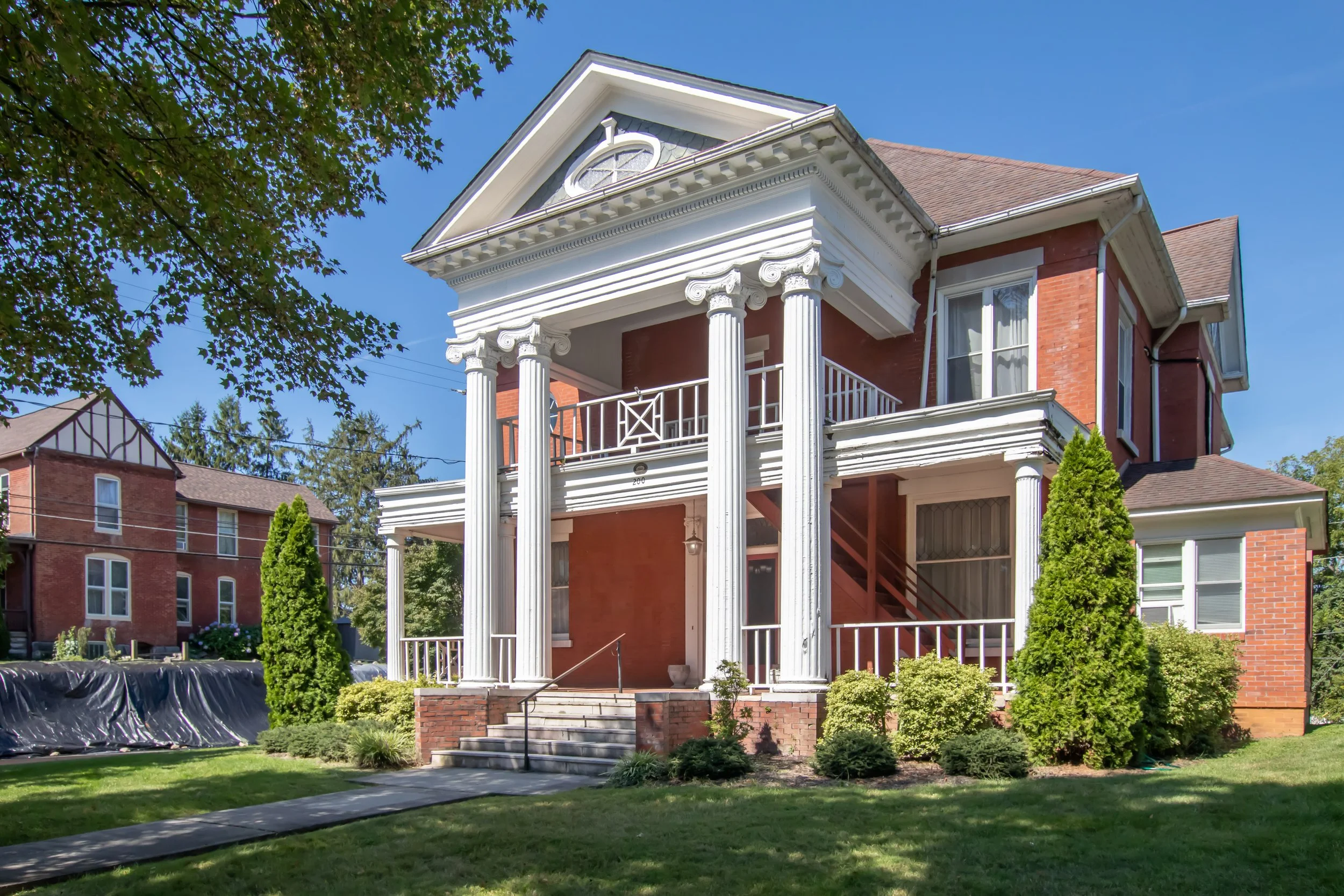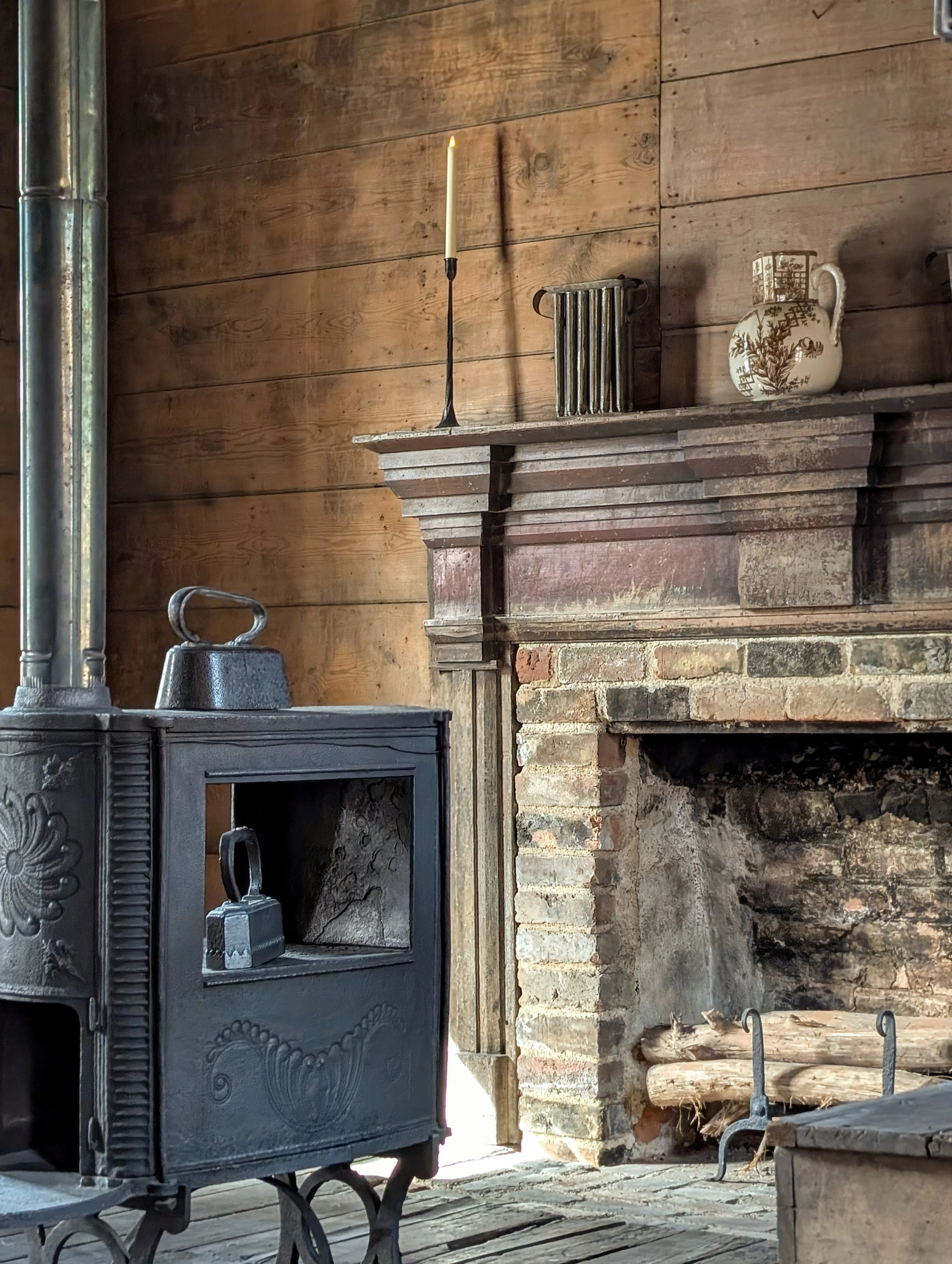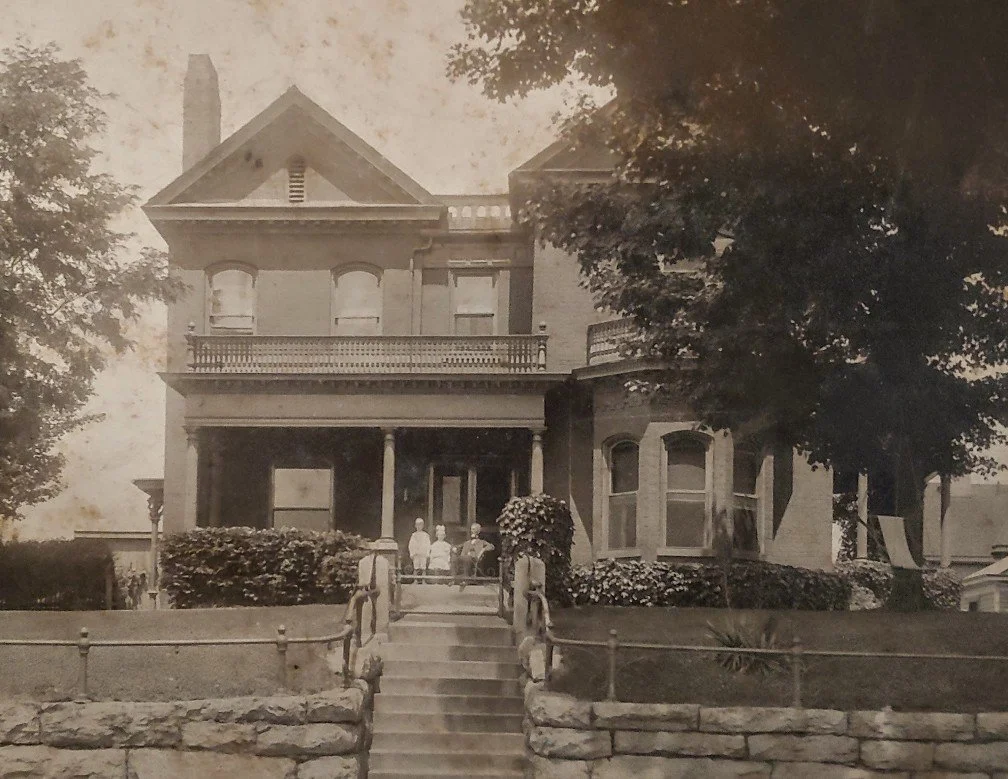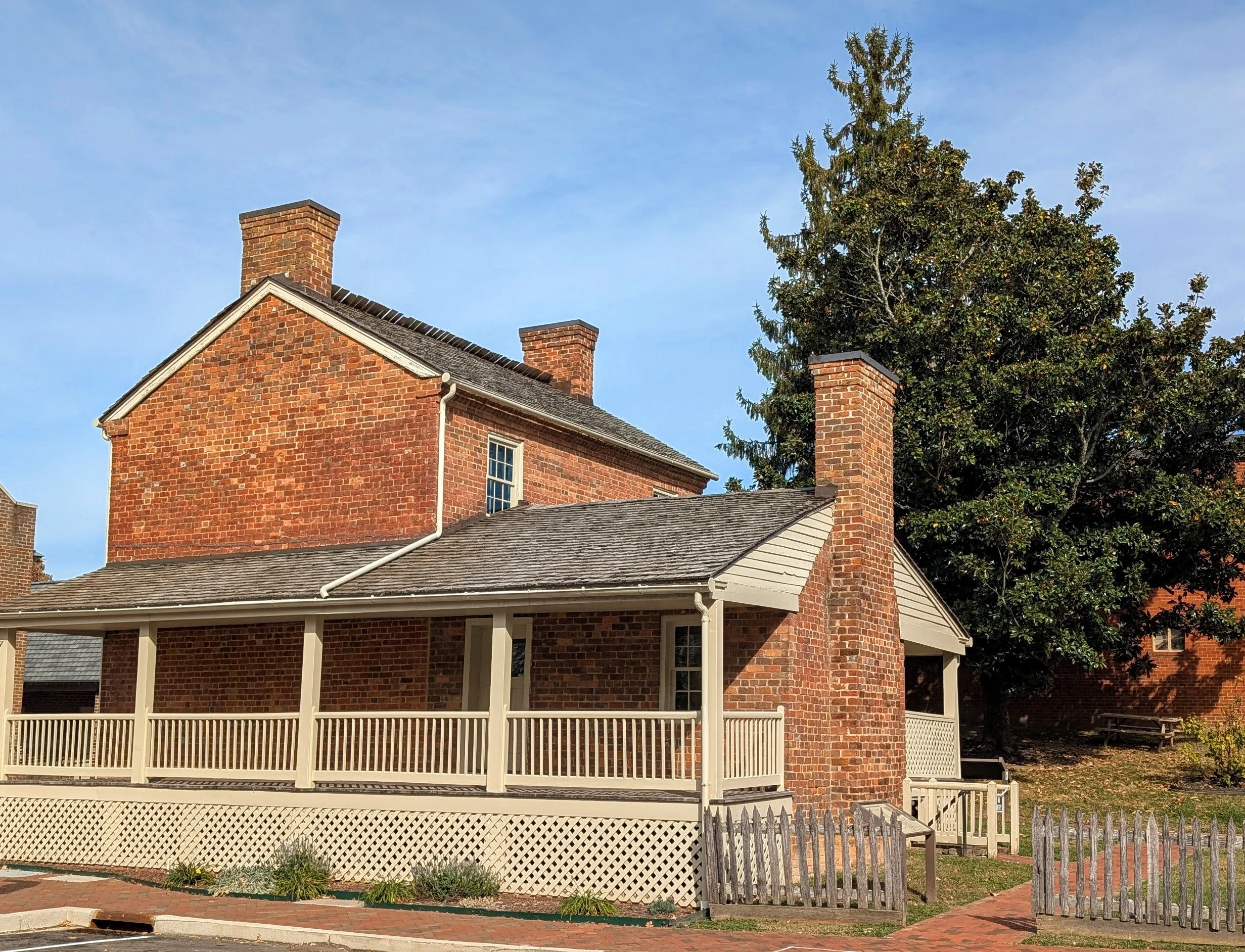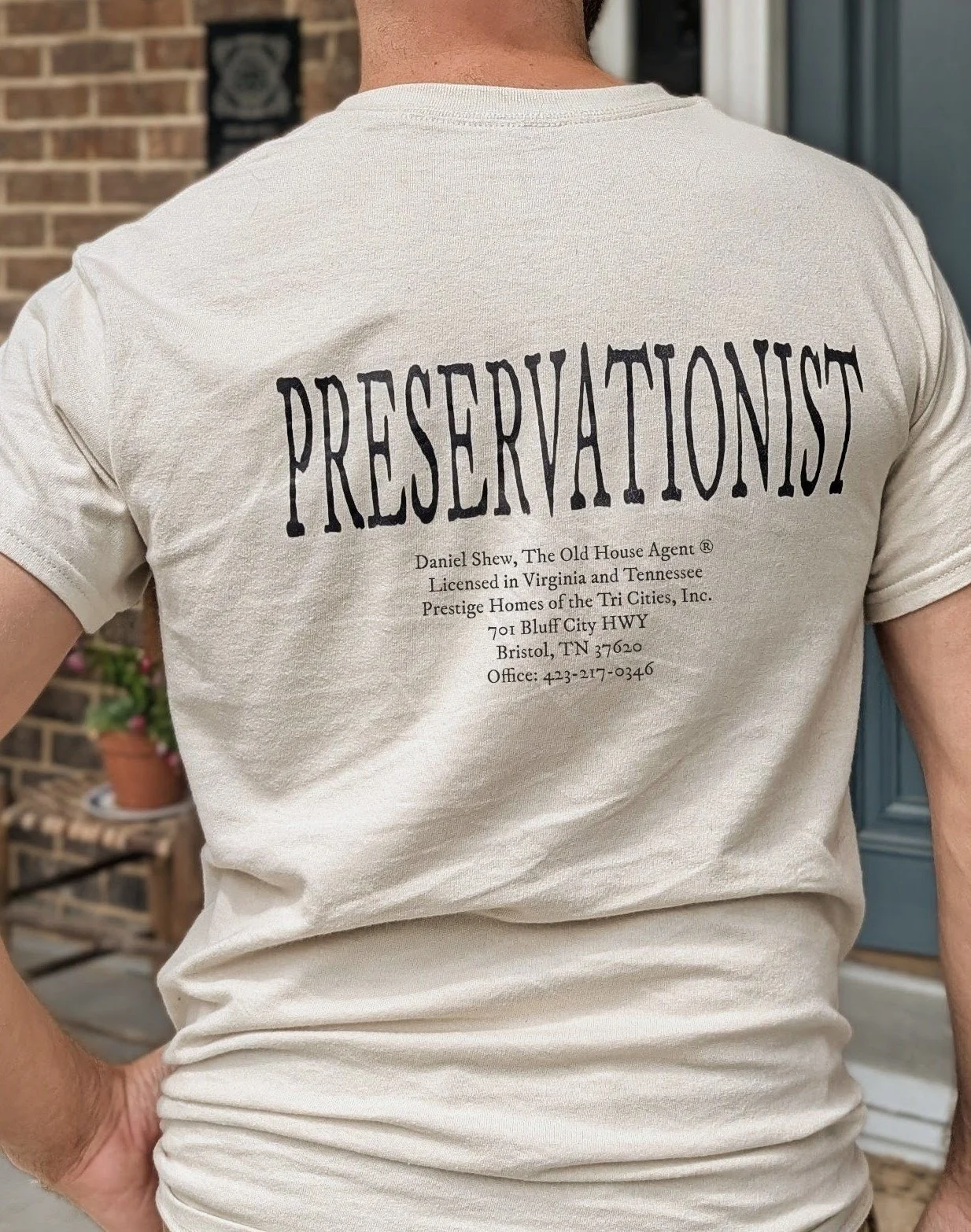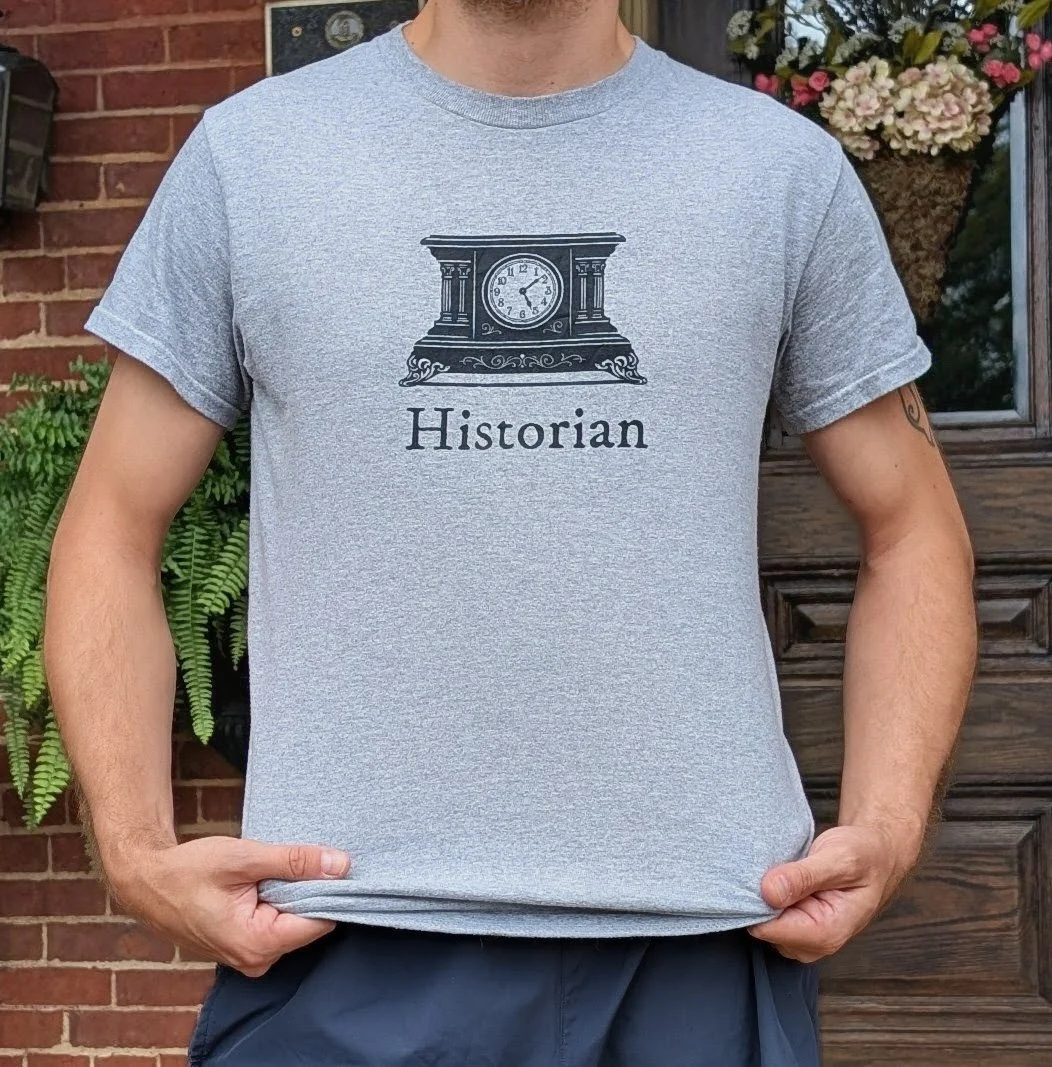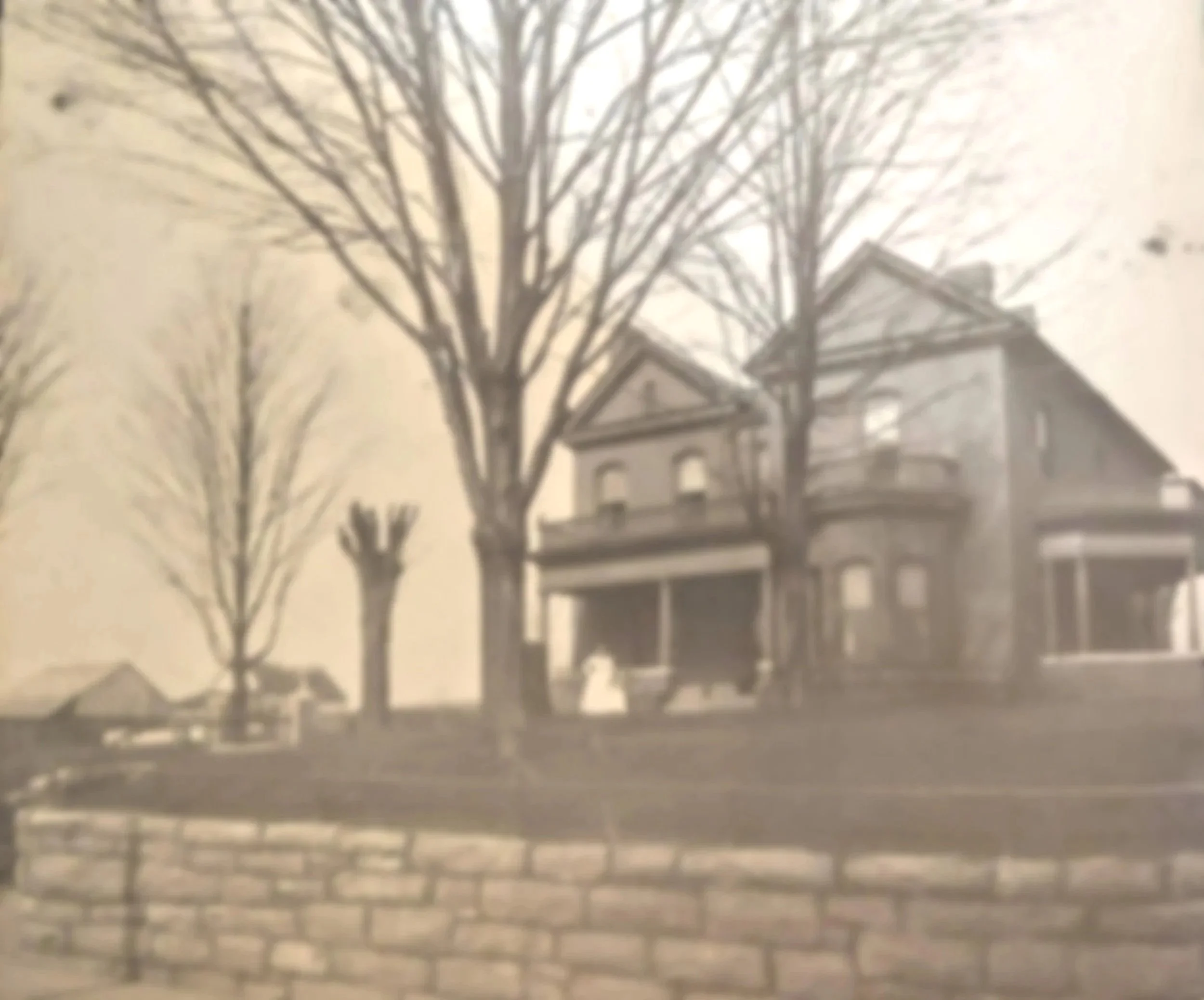
Why list with The Old House Agent?
Did you know buyers interested in old homes often report a stronger emotional connection and higher long-term satisfaction, according to the National Trust for Historic Preservation? That is why when you plan to sell your home, you need a specialist, not just an agent.
Featured Listings
529 Taylor St, Bristol TN
Take a virtual tour
1009 Lawrence Ave, Bristol VA
Take a virtual tour
3389 HWY 126, Blountville, TN
Take a virtual tour
805 Highland Ave, Bristol, VA
Take a virtual tour
950 Park Street, Bristol, VA
Take a virtual tour
2666 Main Street, Surgoinsville, TN
Take a virtual tour
29013 Hillman Highway, Meadowview, VA
Take a virtual tour
200 Solar St, Bristol VA
Take a virtual tour

Take a Detailed Virtual Tour of my latest listing!
Seriously looking? Or just curious? Take a detailed virtual tour of each of my listings…

Walking the Walk…
I am a proud native of Southwest Virginia, born and raised in a holler in Washington County. My mother’s family has called this region home for over 200 years, while my father’s roots here stretch back to the mid 1800s. From the time I was 13, I have been studying and working on old houses, drawn to their stories and craftsmanship. Surrounded by antiques and heirlooms throughout my life, I was taught by my parents to respect and preserve the past—a lesson that has shaped my lifelong passion for historic homes.
What is Historic Preservation?
Most people envision a group of little old ladies wearing pearls, trying to save the oldest house in town from demolition. Well, that's kind of how it all started. You see, in 1853, the Mount Vernon Ladies Association was formed to save the home of George Washington. This was essentially the first attempt at Preservation in the U.S.
Since 1853, we've had many other groups and individuals engage in the effort of preserving our history through its structures. Many things have been done in the government, like the Antiquities Act of 1906 and the National Trust for Historic Preservation to promote preservation and conservation. Still, many beautiful historic buildings have been lost since the demolition of Penn Station in 1963.
Since the late '90s, it seems that we are a little more focused, in the United States, on preserving what's left. While we owe a lot to the little old ladies wearing pearls, we cannot limit Preservation to them. Preservation of historic architecture includes many buildings and many income levels.
Perhaps you enjoy going to a local brewery that exists in a 100-year-old building where textiles used to be made. Or you live in a 1950s Ranch House? Or maybe you've visited a cemetery where a loved one is buried and noticed some of the stones there are so old you cannot read the writing anymore. Well, you are likely engaging in some form of Preservation. You see, big old mansions that represent the wealth that existed in the building of our country need to be saved, but the buildings where people worked hard and persevered need to be saved also! And that little two-bedroom house down the street that was built in the 1920s? That needs to be saved too. Preservation is not all about ornate architecture and conservation. It's about adaptability, reuse, and enjoyment of these old buildings. It's about maintaining craftsmanship and artistry from our past. Whether that is a hand-carved corbel or a rough, industrial brick wall.
So, before you think Preservation is for the ultra wealthy and may not involve you, I challenge you to step back and think about what role you can and may already play in this ongoing effort. Your town, my town, and the United States as a whole has lost far too many old buildings and today, more than ever, we need to focus on saving what's left. We need to do this for our children and their children. Tangible evidence of our past must be left in place, because the only way to a better future is to learn from our past.

King House Restoration
The King House, standing proud on a quiet Bristol street, has watched over two centuries of history unfold. It us the oldest house in Bristol. Built in 1814, it began as a modest 2-over-2 Georgian home with a central hall and two attic rooms reserved for the house slaves who labored there. Three presidents have slept here and the inception of the town happened within its walls. Its sturdy stone foundation and hand-hewn timbers were the work of early craftsmen who built to last, using local materials and skill that has kept the house standing through wars, economic booms and busts, and generations of change. Over time, the King House grew and evolved, reflecting the aspirations of each family who called it home. By the late 19th century, it had undergone multiple renovations, each adding layers of style and character without erasing the original bones.
The History of Architecture in Southwest Virginia and Northeast Tennessee
Southwest Virginia and Northeast Tennessee form a crossroads of American history—where the rugged Appalachian Mountains met the ambitions of early settlers. The architecture of the region reflects not only the landscape but also the diverse cultures and time periods that shaped its communities. From pioneer log cabins to ornate Victorian mansions, each style tells a story of adaptation, resilience, and craftsmanship.
Early Settlement and Frontier Architecture
In the 18th century, when pioneers first pushed into the valleys of Washington County, VA and Sullivan County, TN, necessity dictated simplicity. The earliest dwellings were hand-hewn log cabins, often one or two rooms with stone chimneys and dirt floors. These homes were built quickly with local timber and stone, designed for survival in a harsh wilderness.
As settlements grew, more refined versions of the log house appeared—two-story “dogtrot” cabins with open breezeways, and double-pen log houses that offered larger living quarters. Many of these early structures remain standing, a testament to the durability of old-growth wood and frontier craftsmanship.
Federal and Georgian Influences
By the late 18th and early 19th centuries, prosperity brought more sophistication. Merchants, landowners, and professionals built brick and stone houses influenced by Federal and Georgian styles. Hallmarks included symmetrical facades, decorative fanlights, and refined moldings. Abingdon, Virginia’s historic district showcases several fine examples of this period, reflecting the region’s transition from frontier outpost to thriving community.
Greek Revival and Antebellum Elegance
As wealth grew in the decades before the Civil War, Greek Revival architecture swept through the region. Modeled after ancient temples, homes often featured columned porches, heavy cornices, and gabled roofs. The style symbolized permanence and cultural refinement. Many county courthouses, churches, and plantation houses adopted this bold, classical form.
Victorian Flourish in the Rail Era
The arrival of the railroad in the mid-to-late 19th century transformed towns like Bristol, Johnson City, and Kingsport. With rail access came mass-produced materials, ornate trim, and national design influences. Victorian architecture—particularly Queen Anne—flourished. These homes boasted asymmetrical designs, turrets, stained glass, and decorative woodwork.
Neighborhoods such as Bristol’s Solar Hill still preserve these grand houses, built during the railroad and industrial boom that linked Southwest Virginia and Northeast Tennessee to the wider nation.
20th-Century Styles and Adaptations
The early 20th century brought new architectural movements. Craftsman bungalows became the home of choice for middle-class families—practical, comfortable, and featuring fine woodwork and broad porches. Colonial Revival and Tudor Revival styles also made appearances, blending nostalgia with modern comforts.
In rural areas, vernacular farmhouses continued to dominate, often expanded over generations to meet family needs. Schools, banks, and civic buildings echoed the architectural tastes of the time, with brick construction and neoclassical elements symbolizing strength and stability.
Preservation and Legacy
Today, the architectural landscape of Southwest Virginia and Northeast Tennessee is a layered timeline of history. Preservation efforts in towns like Abingdon, Bristol, and Jonesborough keep the stories alive, reminding us that these structures are more than just buildings—they are living artifacts of the families, economies, and cultures that shaped this region.
From the rough-hewn log cabins of the frontier to the ornamented Victorian mansions and beyond, architecture here reflects a unique blend of Appalachian resourcefulness and national design trends. For anyone who loves old houses, this region offers a rare opportunity to step directly into America’s architectural past.








